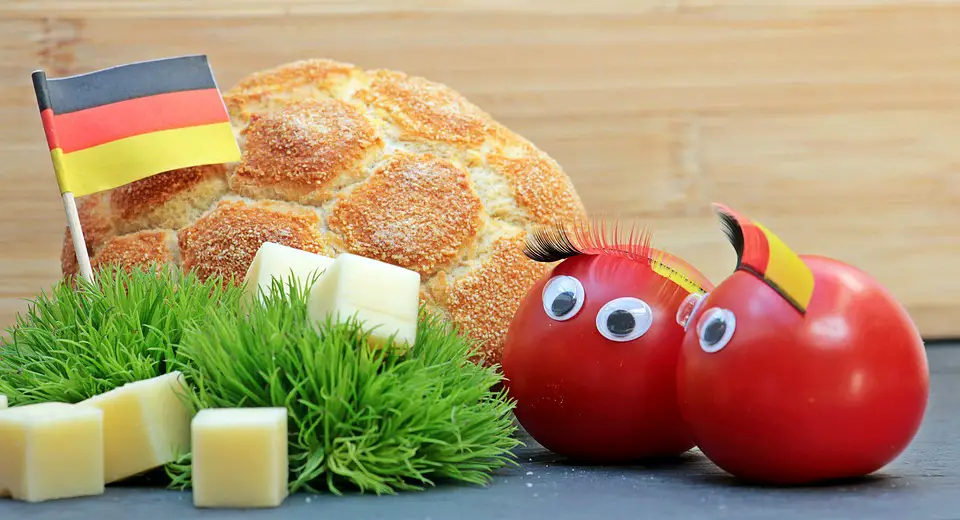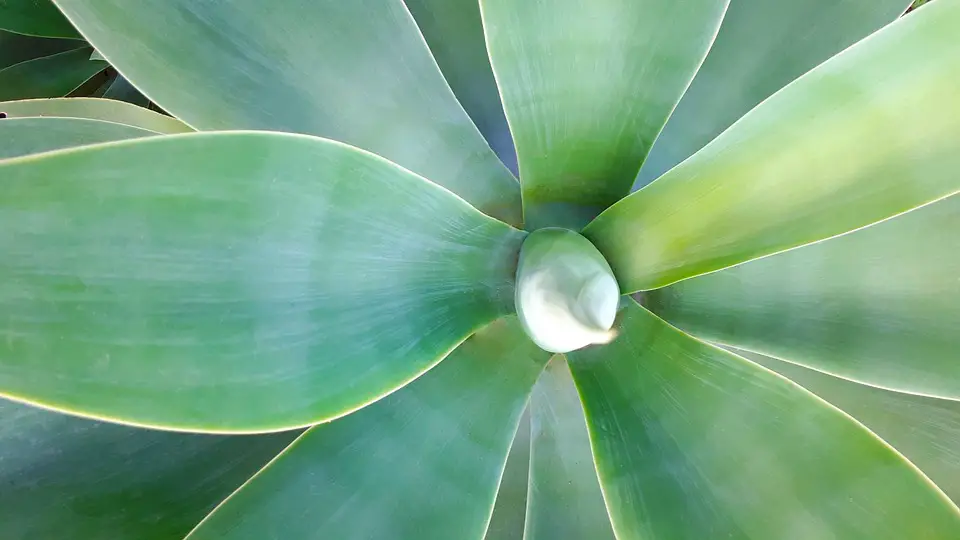Greenhouse gardening allows you to enjoy the pleasure of growing plants indoors regardless of the weather conditions outside.
With a controlled environment, you can create the perfect conditions for your plants to thrive, even during colder seasons.
In this guide, we will take you through the essential steps and tips to get started with greenhouse gardening as a beginner.
Whether you’re interested in growing flowers, herbs, or vegetables, this article will provide you with the knowledge you need to succeed.
Choosing the Right Greenhouse
The first step in greenhouse gardening is selecting the right greenhouse structure.
Consider factors such as size, material, and design.
If you have limited space, a small or medium-sized greenhouse might be ideal.
Choose a structure that is sturdy, well-ventilated, and provides ample sunlight for your plants.
You can opt for glass or polycarbonate panels, depending on your budget and requirements.
Creating the Perfect Environment
The key to successful greenhouse gardening is creating a suitable environment for your plants.
Maintain optimal temperature, humidity, and light levels.
Invest in a good thermometer, hygrometer, and light meter to monitor these factors accurately.
Install ventilation systems such as fans or vents to regulate temperature and humidity.
Additionally, consider shading systems to prevent overheating during hot summer months.
Choosing the Right Plants
Not all plants thrive in a greenhouse environment, so choose plants that are well-suited for indoor growing.
Consider factors such as light requirements, temperature tolerance, and space.
Flowers like geraniums, petunias, and begonias, as well as herbs like basil and parsley, are popular choices for greenhouse gardening.
Leafy greens, tomatoes, and peppers are also well-suited for indoor cultivation.
Research the specific requirements of each plant to ensure success.
Soil and Watering
Use high-quality soil that is well-draining and nutrient-rich.
Consider mixing potting soil with organic compost for added nutrients.
Proper watering is crucial for greenhouse plants.
Water them thoroughly, ensuring the soil is moist, but avoid overwatering, as it can lead to root rot.
Monitor the moisture levels of the soil regularly and adjust your watering schedule accordingly.
Automated watering systems can be beneficial if you’re away or have a busy schedule.
Pest and Disease Control
Pests and diseases can quickly spread in a greenhouse environment.
Inspect your plants regularly for any signs of infestation.
Use organic pest control methods such as introducing beneficial insects to control pests or using homemade solutions like neem oil or insecticidal soap.
Maintaining good hygiene and cleanliness in your greenhouse also helps prevent disease outbreaks.
Harvesting and Maintenance
Regular maintenance is necessary to keep your greenhouse in optimal condition.
Pruning, staking, and training your plants will promote healthy growth and prevent overcrowding.
Harvest your crops when they are ripe and ready.
Regularly clean and sanitize your greenhouse to prevent the buildup of pests, diseases, and algae.
This maintenance will ensure the longevity of your greenhouse garden.
FAQs Section
Q: How much sunlight do plants need in a greenhouse?
A: Most plants require at least 6-8 hours of direct sunlight per day.
However, it’s important to consider the specific light requirements of each plant species and adjust accordingly.
Q: Can I grow vegetables in a greenhouse all year round?
A: Yes, with the right setup and control of environmental factors, you can grow vegetables year-round in a greenhouse.
However, some vegetables may require additional heating or lighting during the colder months.
Q: Do I need to manually pollinate plants in a greenhouse?
A: Depending on the plant species and the ventilation in your greenhouse, you may need to manually pollinate plants to ensure proper fruit setting.
This can be done using a small brush or by gently shaking plants to release pollen.
Q: Can I start seeds in a greenhouse?
A: Absolutely! Greenhouses are perfect for starting seeds as they provide a controlled and warm environment.
Just make sure to provide the right temperature, humidity, and light conditions for successful germination.
Q: How often should I fertilize my greenhouse plants?
A: It is best to follow the specific fertilizer instructions for each plant, as different species have varying nutritional requirements.
Generally, regular fertilization every 2-4 weeks during the growing season is recommended.




